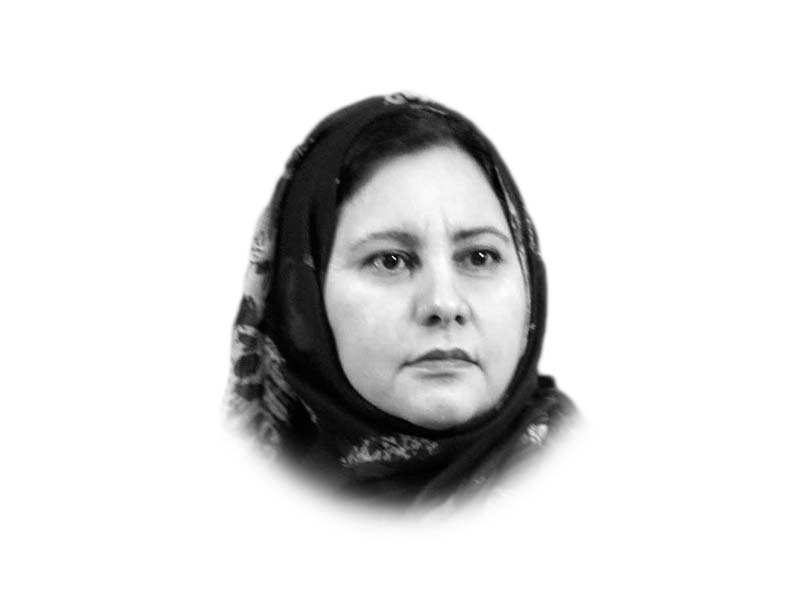
Perhaps the last nail in the coffin was Donald Trump’s pompous visit to Saudi Arabia in May 2017, where Trump was given the honour to lecture the Islamic world — if nothing else, the visit added one more pain in the neck for the Saudis, the Qatar crisis and the ensuing ‘Gulf Cold War’. In this summit the Saudis aimed to make a final attempt to buoy the US back into Syria to ensure Bashar Assad’s removal, but the attempt was a failed one.
The US did make promises but was either incapable or too tepid in its response in Syria. This must have disenthralled the Saudis, who were dreaming of a complete reversal of growing Shia influence in the Arab region, but instead found themselves gridled by it even tighter than before. All this and a swiflty changing geo-economics may have led the Saudi’s out of the box they had slumbered in for decades. The opening up of world markets and the enormous interconnectivity projects led by the Chinese Belt n Road phenomenon has changed the way of thinking business from a ‘stakeholder’ one-way-track thinking to a ‘equal competitor’ thinking that opens up into multilateralism wherever it goes. The Saudis seem to have been receptive of this trend too after the disastrous Arab Spring era.
So, the Saudis, after having to swallow the bitter pill of US-unilateralism, have eventually turned to diversification. While this diversification has been internal, including the construction of mega-cities, industry, medical and recreational hubs and new high-speed rail links, with which the Saudis hope to build a modern, industrial economy and millions of jobs — there has been an extensive external reach too. To the West, the Saudis are making a cultural leap by allowing the opening-up of the deeply conservative Saudi society, in addition they have made several more moves to rope in the West , like a pledge of $200billion for diverse investments in the US, a $45 billion to a new technology investment fund with Japan’s SoftBank and a $3.5 billion injection into the Silicon Valley giant Uber. But to the East, Saudis are not only increasing interest in China but in other Belt and Road countries, too.
In his March 2017 China visit, the Saudi king signed deals worth $65 billion in industries like manufacturing and electronics. The Saudis have reportedly also offered China to buy shares in the Kingdom’s state-owned oil company, Saudi Aramco. China being the largest buyer of Saudi oil wants to purchase their oil in the yuan, this signals a profound geo-economic shift, for if this materialises other OPEC producers would be forced to follow suit.
The Saudis have repeatedly shown interest in the BRI too. In July 2018, Saudi Foreign Minister Adel al-Jubeir said that the country’s economic diversification and industrial development roadmap (Vison 2030) was “highly consistent” with the Asian powerhouse’s Belt and Road megaproject.
Concomitantly, the Saudi footprint in the Belt n Road friendly countries has increased. In October 2017, a 242-bed epilepsy hospital, a $26million project funded by the Saudi Fund for Development (SFD) was opened in Colombo. The Saudis have pledged another $300 million in aid to the country for water supply projects, agricultural, education and health. Similar projects can be seen in the Maldives, with a $357 million contract for upgrading the Velana International Airport, which is key to Maldives’ tourism industry. The airport is projected to entertain 1.5 million travelers yearly, when the native population is only about 350,000 people. The Saudis have shown interest in developing special economic zones and in the shipping and finance sector of the country. There is also talk of a $10 billion Saudi project to develop the Faafu Atoll.
In Myanmar, where the government is tense with the Saudis for their vocal support for the Rohingya, the Saudis have nevertheless been involved in the Burmese oil industry since 2011, when Riyadh and Beijing signed an MoU in which China’s Yunnan Province would get 200,000 barrels of Saudi crude oil per day through the Sino-Burma oil pipeline.
With all this going on, it is of little surprise that the Saudis would be interested in Pakistan’s Port Gwadar, both countries being long-time allies and mutual benefactors. But the question is, why is Riyadh’s announcement of a $50 billion massive refinery complex at Gwadar, being termed as a non-CPEC, bilateral between Pak and China — when the Saudis have always counted the BRI as supportive to their Vision 2030?
The truth is that BRI is such a huge complex of inter-connectivity and multilateral-prosperity that China is having to deal with unforeseen reactions in so many countries it is working with. In an increasingly multipolar world, where most nations are friends with opposing nations, there is a lot of diplomatic pressure to be balanced out all the time. That is why, the Chinese have given no ‘grand plan’ for the BRI and is leading its development in an ‘incremental and flexible’ manner. Moreover, the two characteristics of China’s new approach to the world identified by Deng Xiaoping decades ago were, ‘hiding brightness and nourishing obscurity’. So, where there is brightness, China may prefer to keep it obscure. And the Saudis would like to keep it that way too, since they have to keep their long marriage with the US intact.
Anyways, for the Saudis, strengthening Gwadar may clearly seem as weakening Iran, their prime perceived enemy. The Arab Spring and specially the Syrian War have fortified Iran in Iraq, Syria and Yemen, while their presence in Lebanon has become as pronounced as ever. So, for Saudi Arabia, Gwadar is not only entering another geo economic pole but it is in essence providing for an antithesis of Iran. If they were unable to down it with all of Nato’s strength induced to its west, perhaps they should try it from its east now. And this time they should try war-with-other-means — like building refineries.
Published in The Express Tribune, November 1st, 2018.
Like Opinion & Editorial on Facebook, follow @ETOpEd on Twitter to receive all updates on all our daily pieces.

1731573461-0/BeFunky-collage-(57)1731573461-0-165x106.webp)
1722585575-0/BeFunky-collage-(22)1722585575-0-165x106.webp)
1731572852-0/emily-(2)1731572852-0-165x106.webp)








COMMENTS (1)
Comments are moderated and generally will be posted if they are on-topic and not abusive.
For more information, please see our Comments FAQ